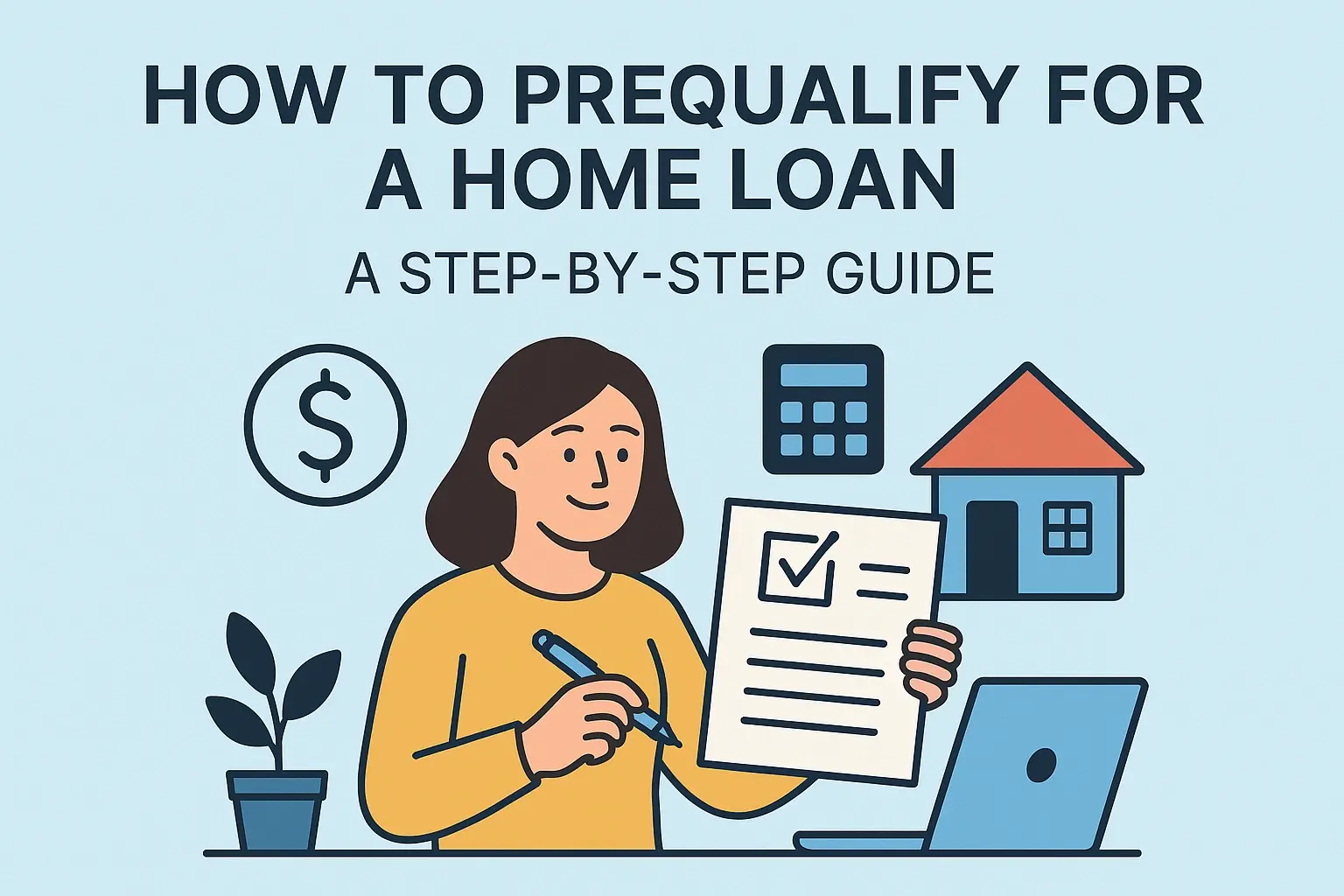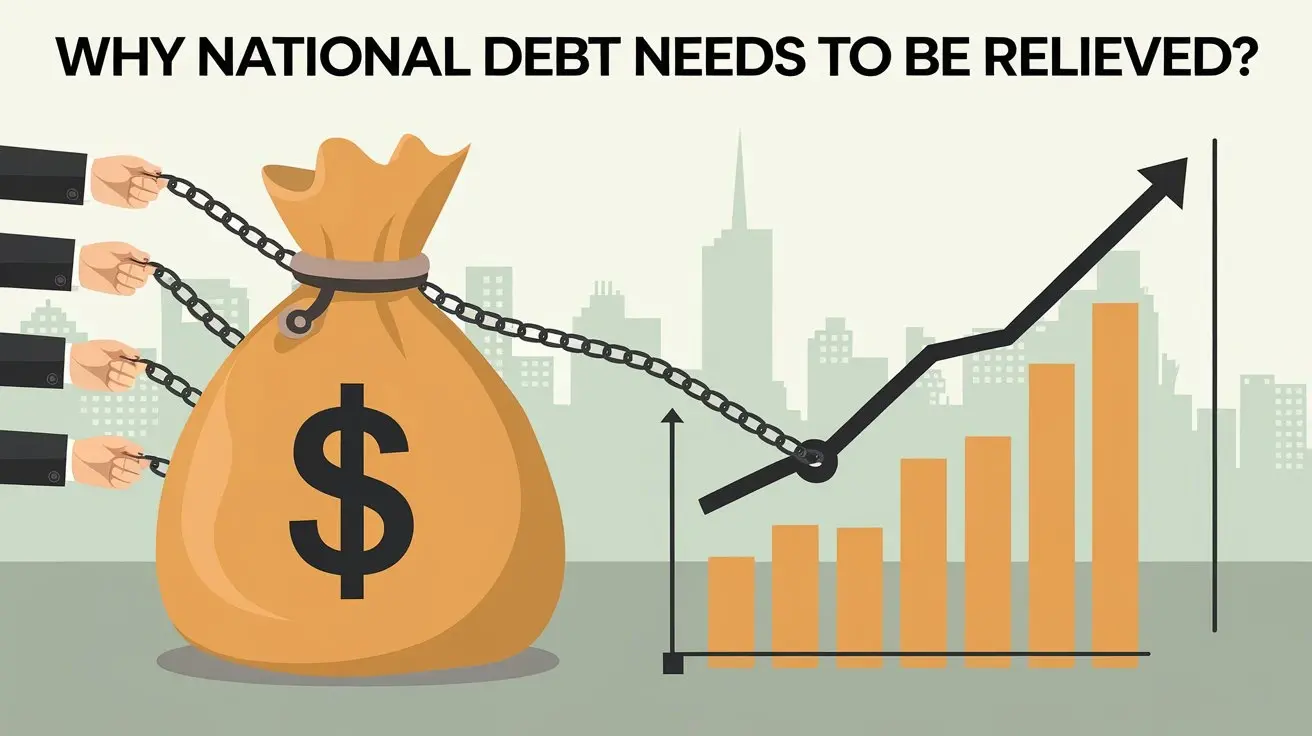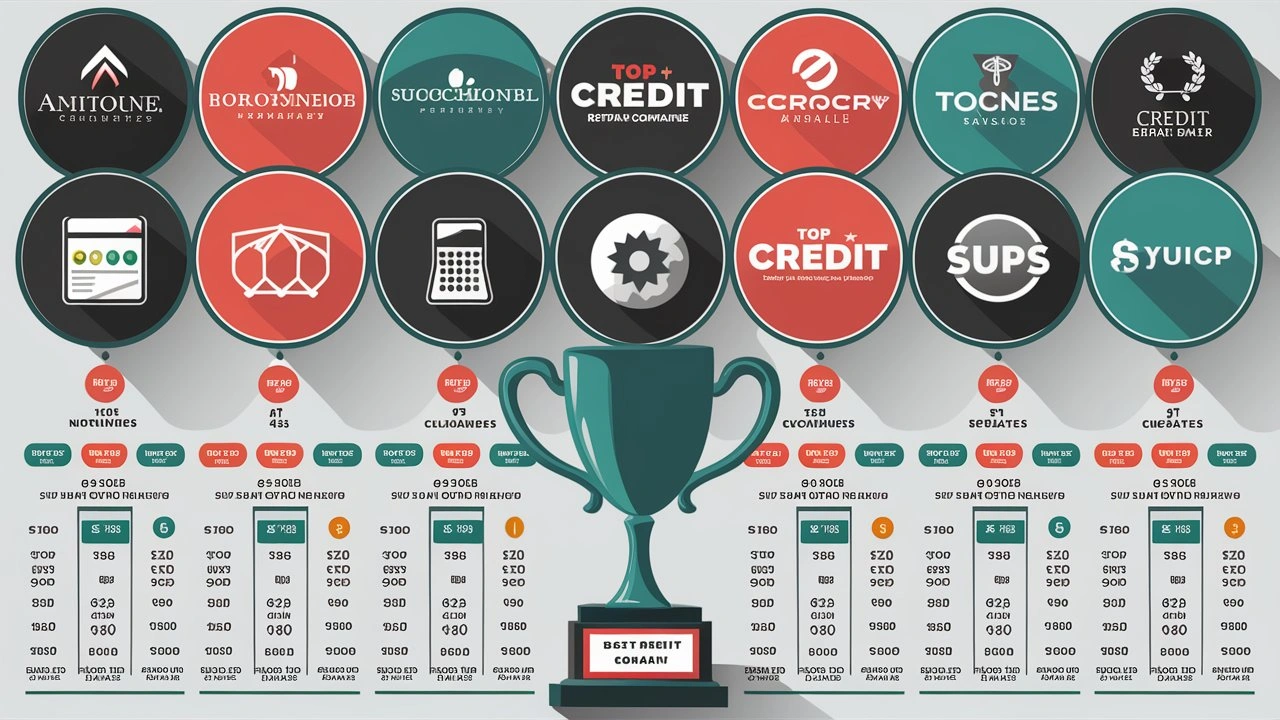How to Prequalify for a Home Loan: A Step-by-Step Guide

Buying a home is one of the most significant financial decisions you’ll make in your lifetime. Before you start touring properties or falling in love with your dream home, it’s essential to understand your borrowing power. Prequalifying for a home loan is a critical first step in the home-buying process, giving you a clear idea of how much you can afford and signaling to sellers that you’re a serious buyer. In this guide, we’ll walk you through everything you need to know about prequalifying for a home loan, including the steps, requirements, and tips to improve your chances of approval.
What Does It Mean to Prequalify for a Home Loan?
Prequalification is an initial evaluation by a lender to determine how much you may be able to borrow for a mortgage. It’s a preliminary step that gives you an estimate of your loan eligibility based on your financial information. Unlike preapproval, which is a more formal and in-depth process, prequalification is quicker and less rigorous but still provides valuable insights into your home-buying budget.
Prequalifying helps you:
Understand your affordability range.
Identify potential issues with your credit or finances before applying formally.
Gain confidence when shopping for homes within your budget.
Show sellers and real estate agents that you’re serious about purchasing.
Let’s dive into the step-by-step process to prequalify for a home loan.
Step-by-Step Guide to Prequalify for a Home Loan
Step 1: Assess Your Financial Situation
Before approaching a lender, take a close look at your financial health. Lenders will evaluate several factors to determine your eligibility, including:
Income: Your total household income, including wages, bonuses, and other sources like rental income or investments.
Debt-to-Income Ratio (DTI): This measures how much of your monthly income goes toward debt payments. A DTI below 43% is generally preferred, though some lenders may accept higher ratios.
Credit Score: A higher credit score increases your chances of prequalification and better loan terms. Most conventional loans require a minimum score of 620, while FHA loans may accept scores as low as 580.
Employment History: Lenders prefer a stable employment history, typically at least two years with the same employer or in the same industry.
Assets and Savings: Money in savings accounts, retirement funds, or other assets can demonstrate your ability to cover a down payment and closing costs.
Action Tip: Use online calculators to estimate your DTI and review your credit report for errors before applying.
Step 2: Gather Necessary Documents
To prequalify, you’ll need to provide basic financial information. While prequalification requires less documentation than preapproval, having the following ready can streamline the process:
Recent pay stubs or proof of income (e.g., W-2s, tax returns for self-employed individuals).
Bank statements showing savings or assets.
Details of monthly debts (e.g., credit card balances, student loans, car loans).
Identification, such as a driver’s license or Social Security number.
Having these documents organized will make the process faster and demonstrate your preparedness to lenders.
Step 3: Choose a Lender
Not all lenders are created equal, so it’s worth shopping around. You can work with banks, credit unions, mortgage brokers, or online lenders. Compare interest rates, loan terms, and customer reviews to find a lender that suits your needs. Some lenders offer online prequalification tools that allow you to input your information and receive an estimate instantly.
Action Tip: Contact at least three lenders to compare prequalification offers and terms.
Step 4: Complete the Prequalification Application
Once you’ve chosen a lender, you’ll need to provide your financial details either online, over the phone, or in person. The lender will ask about your income, debts, assets, and employment. They may also perform a soft credit inquiry, which won’t affect your credit score.
The lender will use this information to estimate how much you can borrow and provide you with a prequalification letter. This letter outlines the loan amount, estimated interest rate, and loan type (e.g., conventional, FHA, VA).
Step 5: Review Your Prequalification Letter
The prequalification letter is not a guarantee of loan approval, but it’s a helpful tool when shopping for homes. It shows sellers that you’ve taken the first step toward securing financing, making your offers more competitive. Review the letter carefully to understand the loan amount and terms, and ensure it aligns with your home-buying goals.
Step 6: Address Any Red Flags
If your prequalification amount is lower than expected, or if the lender identifies issues (e.g., high DTI or low credit score), take steps to improve your financial profile. This might include:
Paying down high-interest debt to lower your DTI.
Correcting errors on your credit report.
Saving more for a larger down payment.
Waiting to improve your credit score before applying for preapproval.
Prequalification vs. Preapproval: What’s the Difference?
It’s easy to confuse prequalification with preapproval, but they serve different purposes:
Prequalification: A quick, informal process that provides an estimate of your borrowing power based on self-reported financial information. It often involves a soft credit check and requires minimal documentation.
Preapproval: A more formal process where the lender verifies your financial information and performs a hard credit inquiry. Preapproval results in a conditional commitment for a specific loan amount, making it more appealing to sellers.
While prequalification is a great starting point, most real estate agents recommend getting preapproved before making an offer on a home, as it carries more weight.
Tips to Improve Your Chances of Prequalification
Boost Your Credit Score: Pay bills on time, reduce credit card balances, and avoid opening new credit accounts before applying.
Lower Your DTI: Pay off smaller debts or consolidate loans to reduce your monthly obligations.
Save for a Down Payment: Most loans require a down payment of 3–20%. The more you can put down, the better your loan terms may be.
Avoid Major Purchases: Large purchases, like a car or furniture, can increase your DTI and lower your prequalification amount.
Work with a Mortgage Professional: A mortgage broker can guide you through the process and connect you with lenders offering favorable terms.
Common Mistakes to Avoid
Not Checking Your Credit First: Errors on your credit report can lower your score and affect your prequalification. Check your report at least 60 days before applying.
Applying with Only One Lender: Different lenders have varying criteria and rates. Shopping around can save you thousands over the life of the loan.
Ignoring Additional Costs: Prequalification focuses on the loan amount, but don’t forget closing costs, property taxes, and homeowners' insurance when budgeting.
Rushing the Process: Take time to understand your financial situation and loan options to avoid surprises later.
Why Prequalification Matters
Prequalifying for a home loan sets the foundation for a successful home-buying journey. It helps you narrow your home search to properties within your budget, boosts your credibility with sellers, and prepares you for preapproval. By understanding your financial standing early, you can address any issues and confidently approach the housing market.
Next Steps After Prequalification
Once you’re prequalified, it’s time to:
Refine your home search based on your budget.
Get preapproved for a more formal loan commitment.
Work with a real estate agent to find properties that match your needs.
Continue improving your financial health to secure the best loan terms.
Prequalifying for a home loan is your first step toward homeownership. By following these steps and preparing thoroughly, you’ll be well-equipped to navigate the mortgage process and find a home that fits both your dreams and your budget.
Call (888) 804-0104 to get credit score help now!
Related Stories
Recent Posts
Does Closing a Checking Account Affect Your Credit Score? Here’s the Truth
Is a Home Equity Loan a Second Mortgage? The Definitive 2025 Guide
Which Credit Score is Most Accurate? FICO vs VantageScore
Does Closing a Checking Account Affect Credit Score? – Complete Guide for Consumers
Credit Captain Reviews (2025): Is It Legit, Safe, and Worth It?


